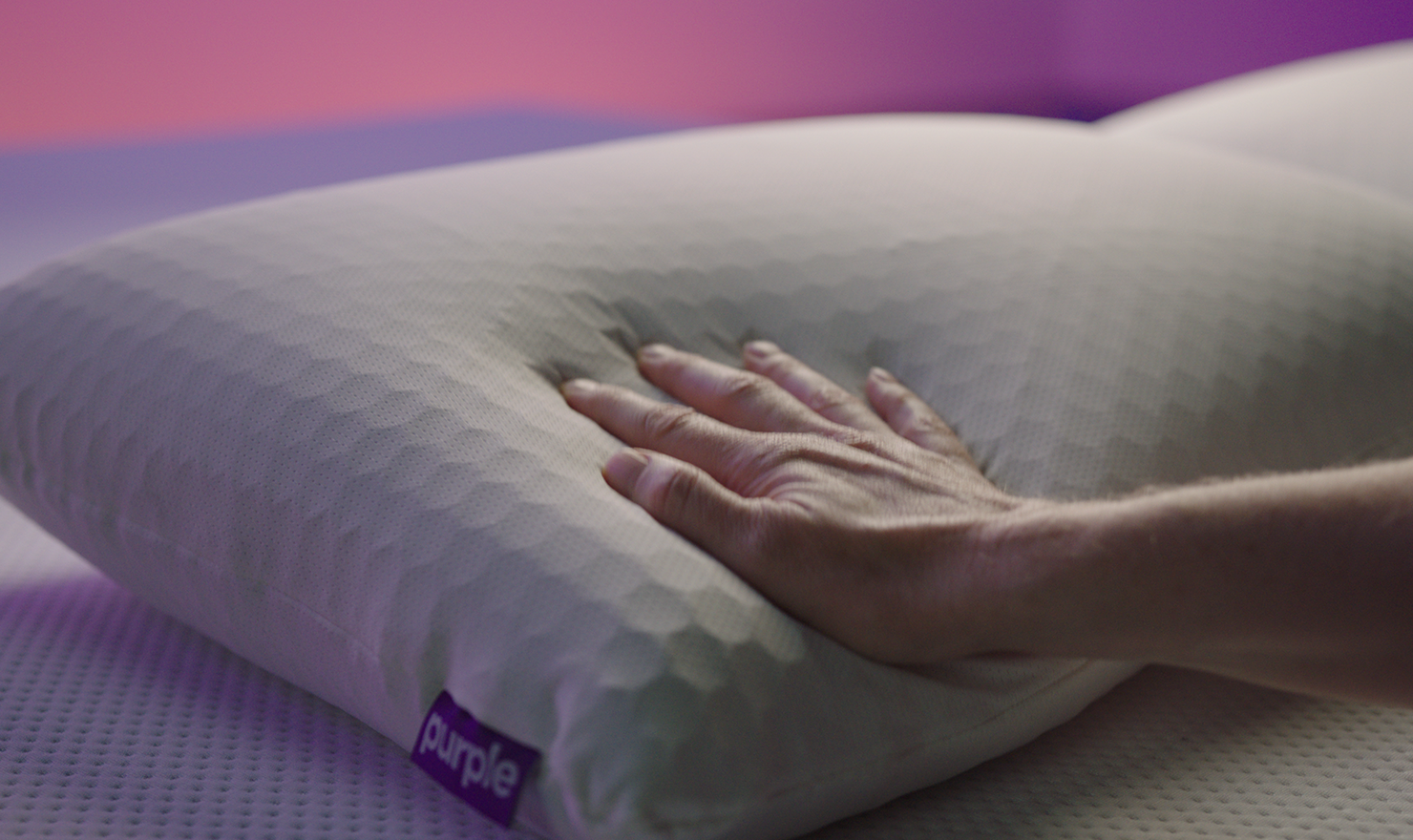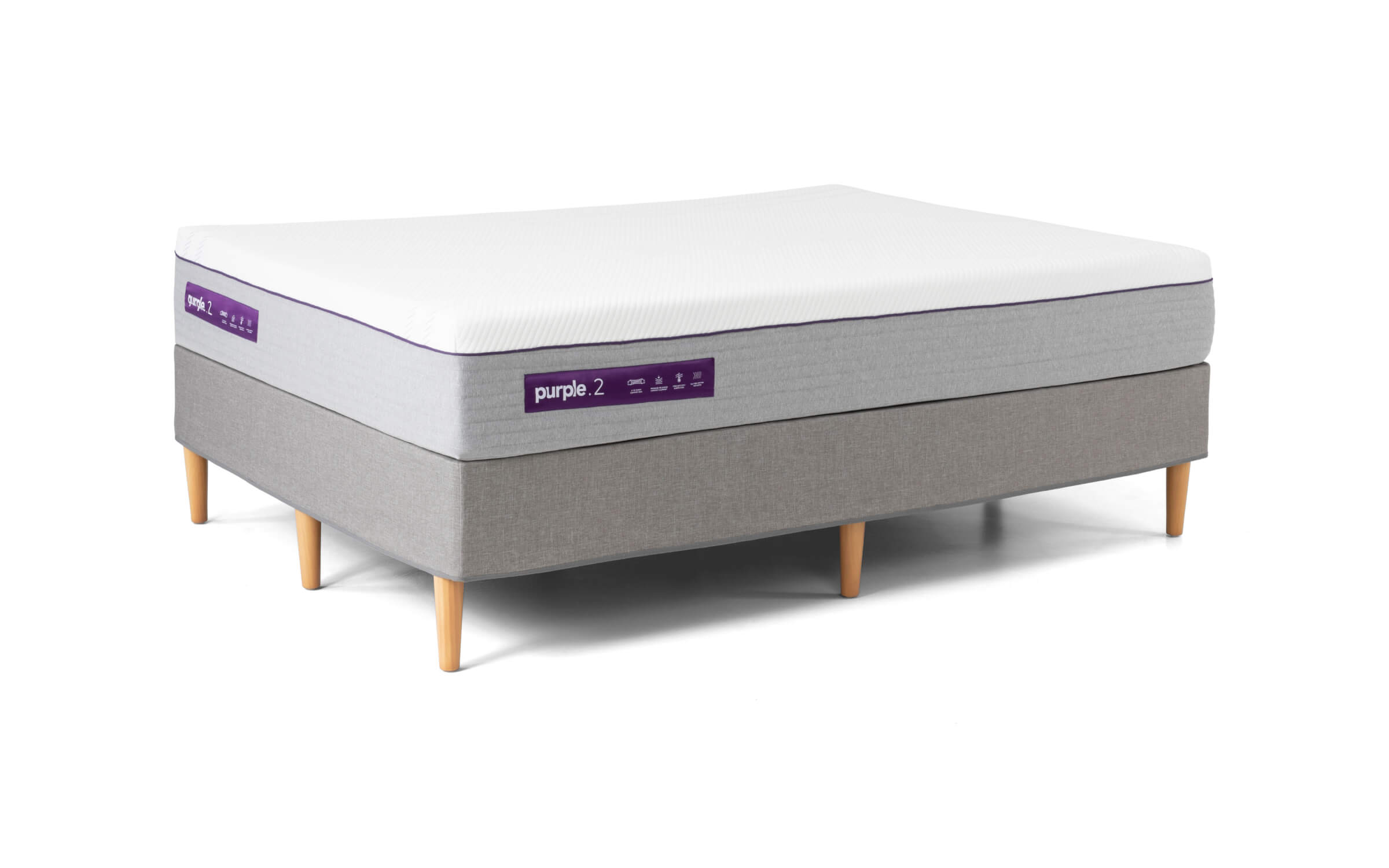Uniting The Finest Materials (Cashmere, Latex, Wool) with Cutting-Edge Spring Technology – Owl + Lark
Deep luxury engineered for sleep. Our mattress is nearly double the height of a normal mattress designed to give you the best night’s sleep.
Additional information
| Surface and Quilted topper | Cashmere, Dacron (polyester), Memory Foam, Natural Latex (80%), Wool Fibre (70% wool / 30% Polyester) |
|---|---|
| Mid Support Layer | 2.5cm Nano Coil x 2 layers |
| Core Support Layer | Medium density support foam, 18cm proprietary pocket springs in 5 ergonomic zones, durable and moisture-permeable base layer: Cotton + Dacron (Polyester). |






Reviews
There are no reviews yet.